
©Luiz Fernando Ribeiro, CC-BY 4.0
Biologists have discovered a new species of pumpkin toadlet, an adorable, carrot-hued amphibian that fits on the tip of a pencil and inhabits the cloud forests of the Serra do Quiriri mountain range in southern Brazil. Researchers identified the toadlet after observing the unique advertising calls produced by males to attract members of the opposite sex. The species — named Brachycephalus lulai after the Brazilian president Luiz Inácio Lula da Silva — has now been described for the first time in the journal Plos One. …And yet, despite having a skin color that resembles a high-vis jacket, these toadlets are surprisingly hard to spot. It was their impressive vocal performance, not their looks, that led to their discovery.

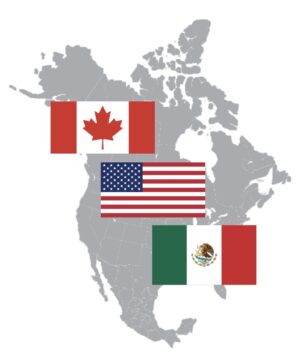 The negotiations that remade the North American Free Trade Agreement were, as one participant put it, a series of “near-death” experiences. …In the years since the U.S.M.C.A was signed, Mexico and Canada have become America’s top trading partners. Millions of jobs depend on this economic alliance, which exceeds $1.8 trillion in trade. …Last week, Trump suggested that he would exit the U.S.M.C.A.: “We’ll either let it expire or, well, maybe work out another deal with Mexico and Canada.” Some observers discount Trump’s bluster as mere gamesmanship. …He returned to the White House on a promise to create jobs and lower prices—to make the country “boom like we’ve never boomed before.” Instead, tariffs are fuelling inflation, and many experts believe that it is only a matter of time before the economy starts hemorrhaging jobs. …As in the previous round of negotiations, time does not appear to be on Trump’s side.
The negotiations that remade the North American Free Trade Agreement were, as one participant put it, a series of “near-death” experiences. …In the years since the U.S.M.C.A was signed, Mexico and Canada have become America’s top trading partners. Millions of jobs depend on this economic alliance, which exceeds $1.8 trillion in trade. …Last week, Trump suggested that he would exit the U.S.M.C.A.: “We’ll either let it expire or, well, maybe work out another deal with Mexico and Canada.” Some observers discount Trump’s bluster as mere gamesmanship. …He returned to the White House on a promise to create jobs and lower prices—to make the country “boom like we’ve never boomed before.” Instead, tariffs are fuelling inflation, and many experts believe that it is only a matter of time before the economy starts hemorrhaging jobs. …As in the previous round of negotiations, time does not appear to be on Trump’s side.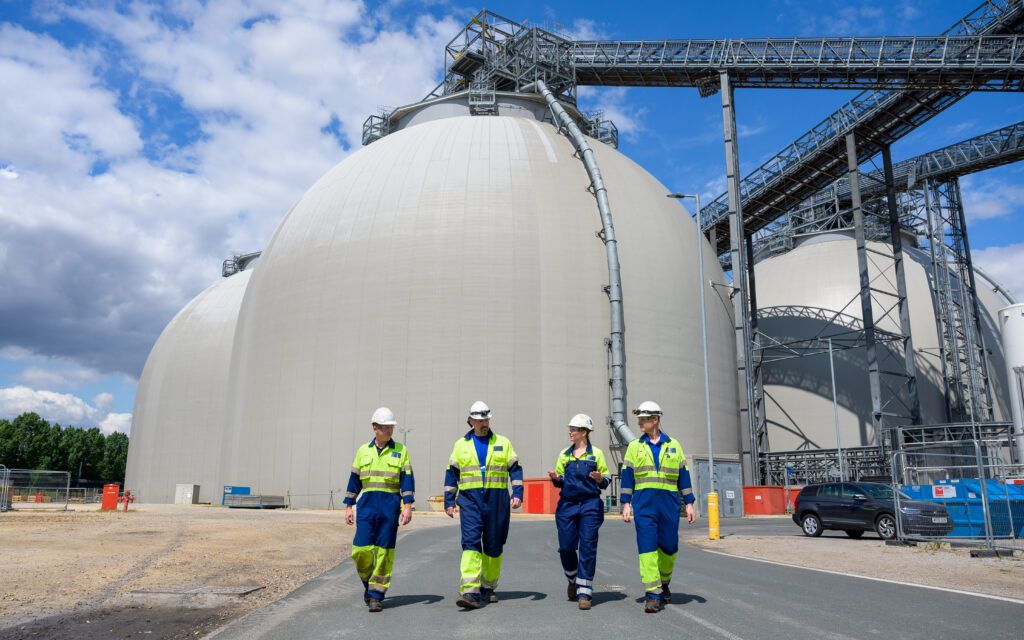
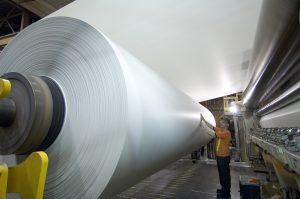 China’s pulp and paper sector is witnessing transformative growth with Huatai Group’s announcement of its monumental 16-billion-yuan investment in a fully integrated forest-pulp-paper project located in Yulin, Guangxi.
China’s pulp and paper sector is witnessing transformative growth with Huatai Group’s announcement of its monumental 16-billion-yuan investment in a fully integrated forest-pulp-paper project located in Yulin, Guangxi. 



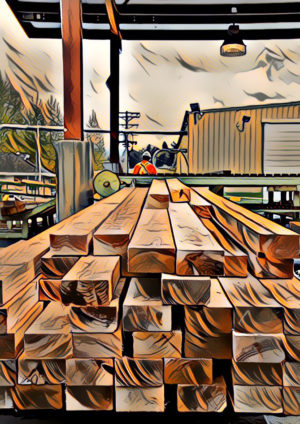 The latest Global Wood Trends report – Softwood Lumber – Tariffs, Turbulence and New Trade Flows to 2030 – says from 2000 to 2024, European lumber output grew slowly at 0.4% per year but still outpaced domestic demand growth. This allowed Europe to expand exports overseas, a trend likely to continue as Russian and Canadian shipments remain constrained. …Production has expanded faster than demand, with exports rising from 10% of output in 2009 to 19% in 2024. Growth has been concentrated in Northern and Central Europe — led by Sweden, Finland, Germany, and Austria — where harvest levels are now close to structural limits. …Global Wood Trends concluded that Europe’s lumber market is entering a period of tightening supply and gradually recovering demand. While production growth is expected to shift toward Northern and Eastern Europe, overall expansion will be limited by structural harvest constraints in Central Europe. Stronger domestic consumption, combined with potentially higher US demand will likely support higher prices for logs and lumber.
The latest Global Wood Trends report – Softwood Lumber – Tariffs, Turbulence and New Trade Flows to 2030 – says from 2000 to 2024, European lumber output grew slowly at 0.4% per year but still outpaced domestic demand growth. This allowed Europe to expand exports overseas, a trend likely to continue as Russian and Canadian shipments remain constrained. …Production has expanded faster than demand, with exports rising from 10% of output in 2009 to 19% in 2024. Growth has been concentrated in Northern and Central Europe — led by Sweden, Finland, Germany, and Austria — where harvest levels are now close to structural limits. …Global Wood Trends concluded that Europe’s lumber market is entering a period of tightening supply and gradually recovering demand. While production growth is expected to shift toward Northern and Eastern Europe, overall expansion will be limited by structural harvest constraints in Central Europe. Stronger domestic consumption, combined with potentially higher US demand will likely support higher prices for logs and lumber. 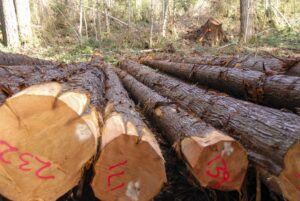 Sweden’s Green Business Index declined in the fourth quarter of 2025 as forestry and crop farming weakened, according to data from the Federation of Swedish Farmers. The total index fell to 100.7 from 106.5 in the previous quarter, marking a broad slowdown across several agricultural industries. The forestry subindex recorded the largest fall, dropping by 19 points to 97.6, its lowest level since spring 2020. The decline reflects weaker export demand, lower prices for sawn wood and pulp, and a soft U.S. dollar that reduced export revenues. New tariffs on Swedish wood products to the United States and a slower global economy further limited profitability. LRF reports that sawmills and pulp producers have experienced tightening margins, while forest owners face lower returns and are reducing harvesting activity.
Sweden’s Green Business Index declined in the fourth quarter of 2025 as forestry and crop farming weakened, according to data from the Federation of Swedish Farmers. The total index fell to 100.7 from 106.5 in the previous quarter, marking a broad slowdown across several agricultural industries. The forestry subindex recorded the largest fall, dropping by 19 points to 97.6, its lowest level since spring 2020. The decline reflects weaker export demand, lower prices for sawn wood and pulp, and a soft U.S. dollar that reduced export revenues. New tariffs on Swedish wood products to the United States and a slower global economy further limited profitability. LRF reports that sawmills and pulp producers have experienced tightening margins, while forest owners face lower returns and are reducing harvesting activity.  B.C.’s largest-ever forestry trade mission to Asia
B.C.’s largest-ever forestry trade mission to Asia




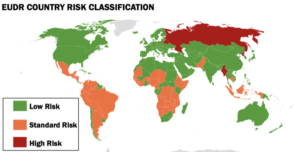 The EU Deforestation Rule has already caused supply chain hurdles for American farmers, ranchers and foresters, and the rule has not even begun being enforced. EU farmers themselves have raised concerns over their compliance requirements and received additional flexibilities, and member governments are still navigating how to implement the complex auditing system. With these logistical challenges clear even to EU officials, the European Commission has voted to once again delay the rule’s implementation until 2026 and 2027 for large and small businesses, respectively. However, as long as the rule stands as currently drafted, agricultural supply chains will be strained from the looming enforcement deadline. Overall, the EU fails to recognize the long-standing position of American farmers and ranchers as global leaders in agricultural production with environmental stewardship. A rule that was originally targeted to penalize bad actors in the global marketplace has now hindered some of the most productive producers in the world.
The EU Deforestation Rule has already caused supply chain hurdles for American farmers, ranchers and foresters, and the rule has not even begun being enforced. EU farmers themselves have raised concerns over their compliance requirements and received additional flexibilities, and member governments are still navigating how to implement the complex auditing system. With these logistical challenges clear even to EU officials, the European Commission has voted to once again delay the rule’s implementation until 2026 and 2027 for large and small businesses, respectively. However, as long as the rule stands as currently drafted, agricultural supply chains will be strained from the looming enforcement deadline. Overall, the EU fails to recognize the long-standing position of American farmers and ranchers as global leaders in agricultural production with environmental stewardship. A rule that was originally targeted to penalize bad actors in the global marketplace has now hindered some of the most productive producers in the world.
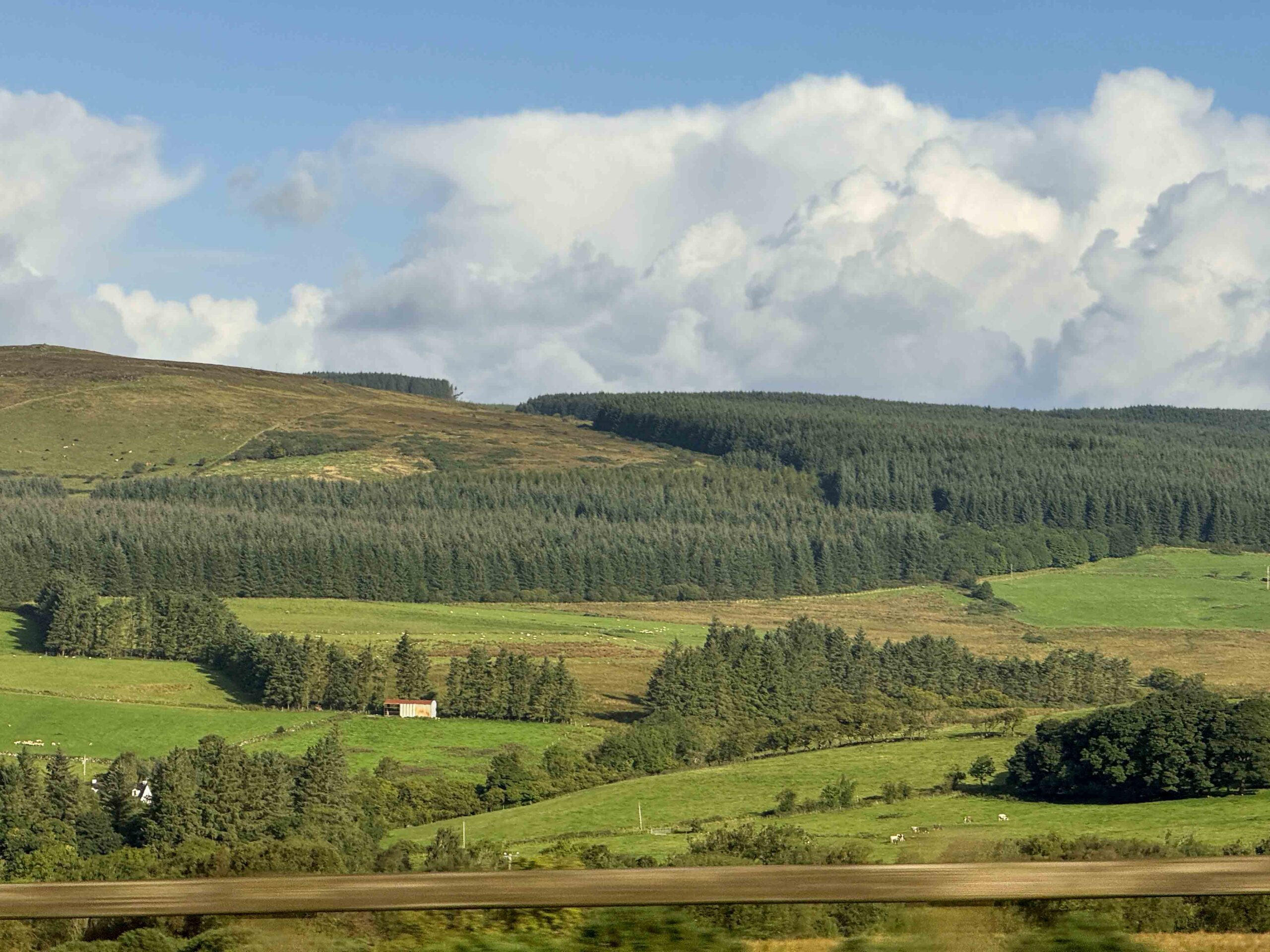 IFA Farm Forestry Chair Padraig Stapleton has acknowledged the establishment of the Group Forest Certification Ireland Board as a positive development for the Irish forestry sector. This follows the inaugural meeting of the Board which was held this week. IFA Forestry Policy Executive Amy Mulchrone has been appointed as a member of the Board by Minister Michael Healy-Rae. “The establishment of the Group Forest Certification Ireland board is a positive initiative by the Minister. The increased focus on voluntary certification of privately-owned forests that this Board will now hopefully bring should significantly scale up the area certified. To date, only 8% are certified, substantially lower than Coillte plantations, which have dual certification from both the Forest Stewardship Council (FSC) and the Programme of Forest Certification (PEFC).”
IFA Farm Forestry Chair Padraig Stapleton has acknowledged the establishment of the Group Forest Certification Ireland Board as a positive development for the Irish forestry sector. This follows the inaugural meeting of the Board which was held this week. IFA Forestry Policy Executive Amy Mulchrone has been appointed as a member of the Board by Minister Michael Healy-Rae. “The establishment of the Group Forest Certification Ireland board is a positive initiative by the Minister. The increased focus on voluntary certification of privately-owned forests that this Board will now hopefully bring should significantly scale up the area certified. To date, only 8% are certified, substantially lower than Coillte plantations, which have dual certification from both the Forest Stewardship Council (FSC) and the Programme of Forest Certification (PEFC).”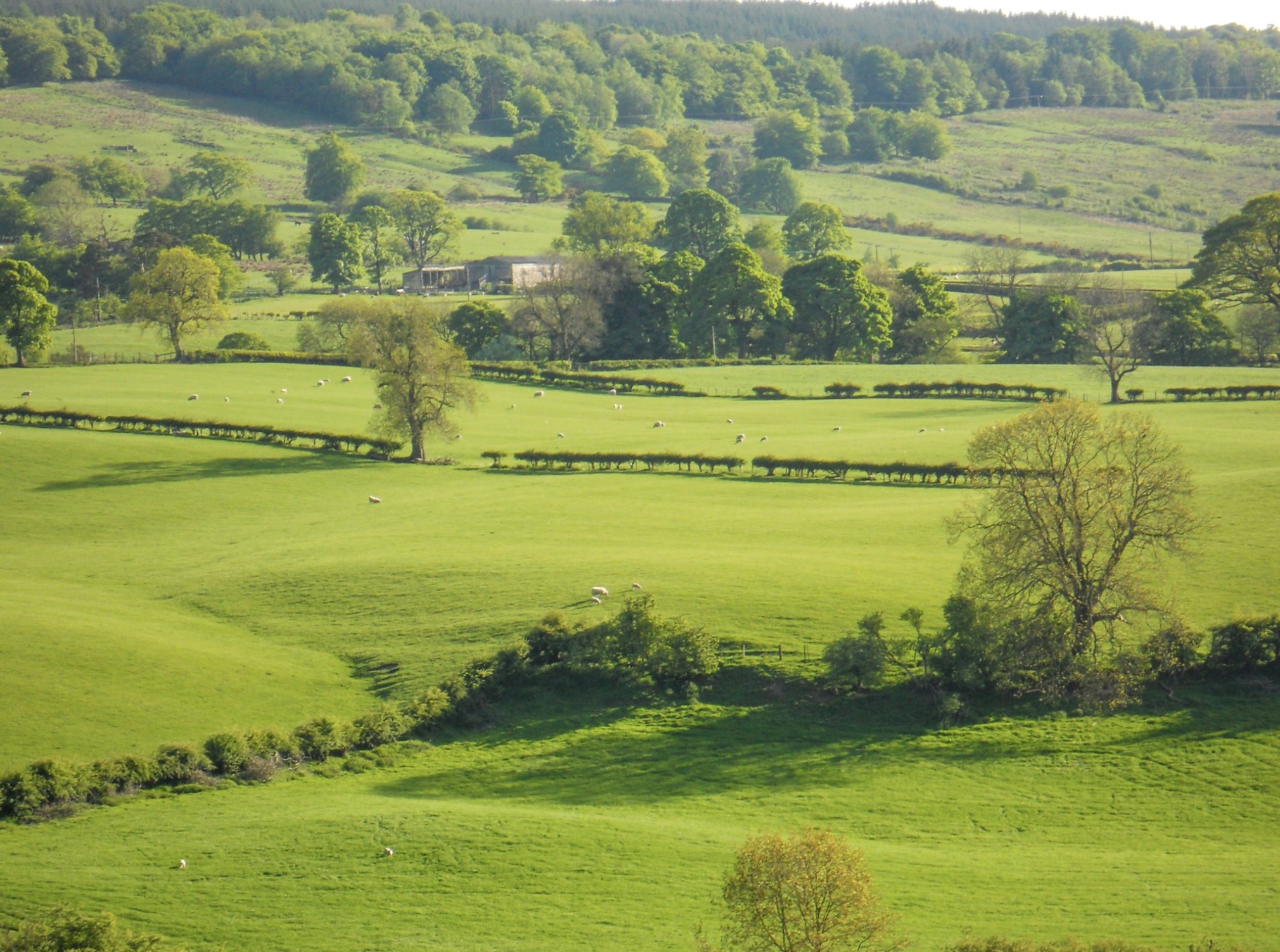 Forestry leaders have warned Scotland will fail to meet its planting targets for yet another year amid concern investment is going elsewhere. Since annual targets for woodland expansion were set, the Scottish Government has missed the goal every year apart from 2018, when it was met for the first time. In recent years, planting rates have often fallen significantly short of the set targets, with the year from 2022 to 2023 seeing only 8,190 hectares of a 15,000 target planted. Jon Lambert, of Goldcrest Land & Forestry Group, an independent UK firm of chartered surveyors and foresters based in Edinburgh, warned the figures are down because of the lengthy and clunky grant application process. “The amount of planting in Scotland is way down than it should be,” said Mr Lambert.
Forestry leaders have warned Scotland will fail to meet its planting targets for yet another year amid concern investment is going elsewhere. Since annual targets for woodland expansion were set, the Scottish Government has missed the goal every year apart from 2018, when it was met for the first time. In recent years, planting rates have often fallen significantly short of the set targets, with the year from 2022 to 2023 seeing only 8,190 hectares of a 15,000 target planted. Jon Lambert, of Goldcrest Land & Forestry Group, an independent UK firm of chartered surveyors and foresters based in Edinburgh, warned the figures are down because of the lengthy and clunky grant application process. “The amount of planting in Scotland is way down than it should be,” said Mr Lambert.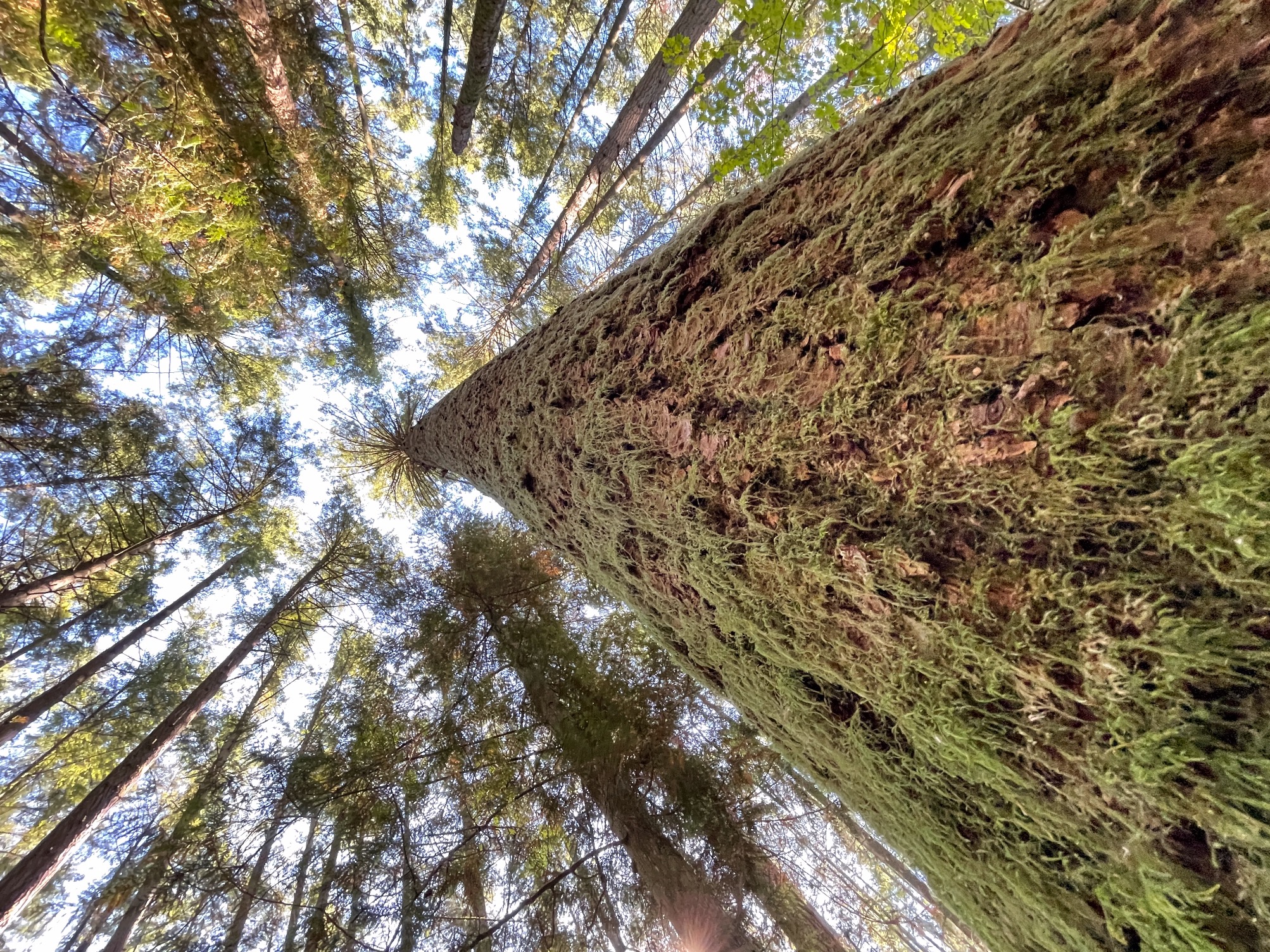 Douglas-fir may prove to be a productive alternative to Sitka spruce for the UK’s commercial forestry sector. That is one of the early conclusions from ongoing research to test the suitability of 17 tree species as potential options for future timber production. Taking place across a network of nine large-scale experiments (in locations such as the Newcastleton, Cowal, and the Black Isle), the Forest Research-led investigation also found Douglas fir had the promise for further use in the south and east of the country, where the climate is forecast to become significantly hotter and drier than today. While already considered by many as a serious option, the species only makes up around 4 per cent of the UK’s total commercial forest.
Douglas-fir may prove to be a productive alternative to Sitka spruce for the UK’s commercial forestry sector. That is one of the early conclusions from ongoing research to test the suitability of 17 tree species as potential options for future timber production. Taking place across a network of nine large-scale experiments (in locations such as the Newcastleton, Cowal, and the Black Isle), the Forest Research-led investigation also found Douglas fir had the promise for further use in the south and east of the country, where the climate is forecast to become significantly hotter and drier than today. While already considered by many as a serious option, the species only makes up around 4 per cent of the UK’s total commercial forest.


 Reforms to Australia’s nature laws have passed federal parliament. A longstanding exemption that meant federal environment laws did not apply to native logging has finally been removed from the Environment Protection and Biodiversity Conservation Act. Native forest logging will now be subject to national environmental standards – legally binding rules supposed to set clear goals for environmental protection. This should be a win for the environment, and some have celebrated it as an end to native forest logging in Australia. But the reality is such celebrations are premature. We don’t have all the details of the new standards, or know how they will be enforced and monitored. Federal Environment Minister Murray Watt has told the forestry industry, including in Tasmania, that native forest operations will continue as usual. In an interview with ABC Radio Hobart, he said the changes keep day-to-day forestry approvals with the state government, but introduce stronger federal oversight.
Reforms to Australia’s nature laws have passed federal parliament. A longstanding exemption that meant federal environment laws did not apply to native logging has finally been removed from the Environment Protection and Biodiversity Conservation Act. Native forest logging will now be subject to national environmental standards – legally binding rules supposed to set clear goals for environmental protection. This should be a win for the environment, and some have celebrated it as an end to native forest logging in Australia. But the reality is such celebrations are premature. We don’t have all the details of the new standards, or know how they will be enforced and monitored. Federal Environment Minister Murray Watt has told the forestry industry, including in Tasmania, that native forest operations will continue as usual. In an interview with ABC Radio Hobart, he said the changes keep day-to-day forestry approvals with the state government, but introduce stronger federal oversight.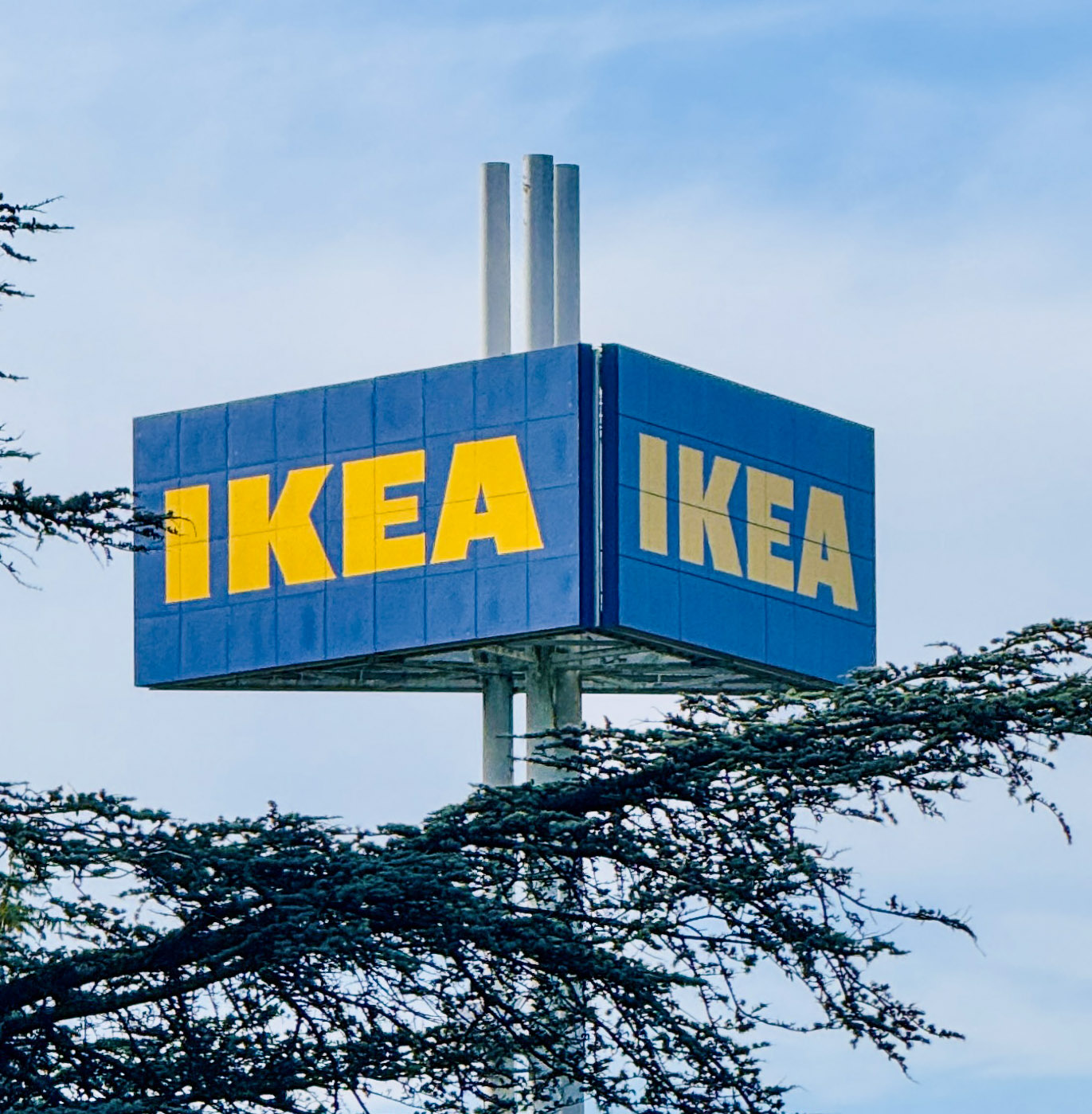 The opening of IKEA in New Zealand comes as a rural community worries about the fire risk from pine plantations. Since 2020 IKEA has converted six Central Hawke’s Bay farms into pine forestry…This move, combined with the sale of [local] farms to overseas forestry companies, is sparking concerns from locals about the loss of farmland and the risks associated with converting large areas into pines. …Porangahau farmer James Hunter wants New Zealanders to witness the extent of farmland being planted in forestry. Most of IKEA’s 4300 hectares of forestry in Central Hawke’s Bay is near the village of Porangahau, where about 200 hectares of its pine trees went up in flames in October and took days to extinguish because of the high winds grounding helicopters. It’s fires like this that have rural communities on edge, because they say even if the blaze starts on nearby farmland, the forests contain the fuel that feeds them.
The opening of IKEA in New Zealand comes as a rural community worries about the fire risk from pine plantations. Since 2020 IKEA has converted six Central Hawke’s Bay farms into pine forestry…This move, combined with the sale of [local] farms to overseas forestry companies, is sparking concerns from locals about the loss of farmland and the risks associated with converting large areas into pines. …Porangahau farmer James Hunter wants New Zealanders to witness the extent of farmland being planted in forestry. Most of IKEA’s 4300 hectares of forestry in Central Hawke’s Bay is near the village of Porangahau, where about 200 hectares of its pine trees went up in flames in October and took days to extinguish because of the high winds grounding helicopters. It’s fires like this that have rural communities on edge, because they say even if the blaze starts on nearby farmland, the forests contain the fuel that feeds them.
 The total forest area in the world is 4.1 billion hectares, or 32 per cent of Earth’s total surface area. The tropics are home to the majority of the world’s forests – 45 per cent – while the rest is mainly found in boreal, temperate and subtropical zones. Since 1990, 489 million hectares of forest have been lost to deforestation… While the rate of deforestation is actually slowing, so is the rate of forest expansion, dropping from 9.88 million hectares per year from 2000-2015 to 6.78 million hectares per year in the decade to 2025. Below are the top five countries with the biggest forests as of 2025, according to forest area:
The total forest area in the world is 4.1 billion hectares, or 32 per cent of Earth’s total surface area. The tropics are home to the majority of the world’s forests – 45 per cent – while the rest is mainly found in boreal, temperate and subtropical zones. Since 1990, 489 million hectares of forest have been lost to deforestation… While the rate of deforestation is actually slowing, so is the rate of forest expansion, dropping from 9.88 million hectares per year from 2000-2015 to 6.78 million hectares per year in the decade to 2025. Below are the top five countries with the biggest forests as of 2025, according to forest area:
 The Arctic Energy Alliance and the Wood Pellet Association of Canada will co-host the Arctic Bioenergy Summit and Tour this January in Yellowknife—an emerging hub for northern renewable energy innovation. With the speaker roster nearly complete, Day 1 will set the tone with a deep dive into bioenergy’s role across Canada’s North, from evolving policy frameworks to community-led energy solutions. Sessions will explore regional strategies, technology developments, and bioenergy success stories, highlighting what’s working in remote and Indigenous communities and the lessons learned along the way. Speakers will also tackle supply-chain challenges, including logistics, fuel production and distribution, and the unique complexities of operating in northern climates. The program wraps up with a networking reception—an opportunity for delegates to connect, share insights, and build partnerships advancing sustainable energy in the Arctic and beyond.
The Arctic Energy Alliance and the Wood Pellet Association of Canada will co-host the Arctic Bioenergy Summit and Tour this January in Yellowknife—an emerging hub for northern renewable energy innovation. With the speaker roster nearly complete, Day 1 will set the tone with a deep dive into bioenergy’s role across Canada’s North, from evolving policy frameworks to community-led energy solutions. Sessions will explore regional strategies, technology developments, and bioenergy success stories, highlighting what’s working in remote and Indigenous communities and the lessons learned along the way. Speakers will also tackle supply-chain challenges, including logistics, fuel production and distribution, and the unique complexities of operating in northern climates. The program wraps up with a networking reception—an opportunity for delegates to connect, share insights, and build partnerships advancing sustainable energy in the Arctic and beyond. NEW ZEALAND — Let’s not sugar coat it: this year was a tough year for forestry in the New Zealand Emissions Trading Scheme (ETS). It’s especially frustrating as we had begun to believe the government’s promise, made just after it took power in late 2023, to “restore credibility in the ETS”. Indeed, this promise looked plausible up until quite recently. After all, the LUC restrictions, while unpopular among forestry companies and investors, had been clearly communicated long before the 2023 election. So no surprises there – except for a pleasant surprise in August, when the government announced it would not adopt the Climate Change Commission’s somewhat perplexing recommendation to reinject about 14 million of unsold auction NZUs from 2028 to 2030. The positive streak finally ended in October when the government began a staccato of policy tweaks that have cumulatively undermined confidence in the government’s commitment to climate change mitigation and, by extension, the ETS.
NEW ZEALAND — Let’s not sugar coat it: this year was a tough year for forestry in the New Zealand Emissions Trading Scheme (ETS). It’s especially frustrating as we had begun to believe the government’s promise, made just after it took power in late 2023, to “restore credibility in the ETS”. Indeed, this promise looked plausible up until quite recently. After all, the LUC restrictions, while unpopular among forestry companies and investors, had been clearly communicated long before the 2023 election. So no surprises there – except for a pleasant surprise in August, when the government announced it would not adopt the Climate Change Commission’s somewhat perplexing recommendation to reinject about 14 million of unsold auction NZUs from 2028 to 2030. The positive streak finally ended in October when the government began a staccato of policy tweaks that have cumulatively undermined confidence in the government’s commitment to climate change mitigation and, by extension, the ETS.

 Britain’s reliance on burning wood to generate electricity has reached record highs, even as the government moves to curb the controversial use of biomass power. The latest figures supplied by the owner of the giant Drax biomass plant in North Yorkshire have revealed that power generated from burning biomass wood pellets provided 9% of the UK’s electricity in July, its largest ever monthly share. Weeks later, biomass provided almost a fifth (17%) of the UK’s electricity for the first time during one morning in September when renewable energy resources were particularly low. Britain’s record reliance on biomass generation has reached new heights as the government set out its plans to dramatically reduce the controversial energy source under a new subsidy agreement with the FTSE 250 owner of the Drax power plant.
Britain’s reliance on burning wood to generate electricity has reached record highs, even as the government moves to curb the controversial use of biomass power. The latest figures supplied by the owner of the giant Drax biomass plant in North Yorkshire have revealed that power generated from burning biomass wood pellets provided 9% of the UK’s electricity in July, its largest ever monthly share. Weeks later, biomass provided almost a fifth (17%) of the UK’s electricity for the first time during one morning in September when renewable energy resources were particularly low. Britain’s record reliance on biomass generation has reached new heights as the government set out its plans to dramatically reduce the controversial energy source under a new subsidy agreement with the FTSE 250 owner of the Drax power plant.

